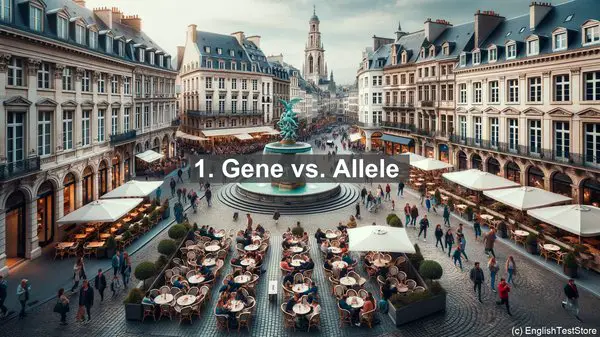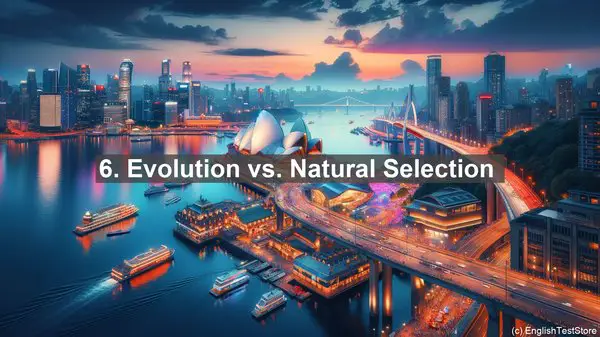Introduction
Welcome to today’s lesson. In the field of ecological genetics, there are several terms that often get mixed up. Understanding these words correctly is crucial for a solid foundation in this subject. So, let’s dive in and explore the top 10 commonly confused words in ecological genetics.
1. Gene vs. Allele
The terms ‘gene’ and ‘allele’ are often used interchangeably, but they have distinct meanings. A gene is a segment of DNA that determines a specific trait, while an allele refers to the different forms of a gene. In simpler terms, a gene is like a recipe, and alleles are the variations of that recipe.
2. Genotype vs. Phenotype
Genotype and phenotype are two fundamental concepts in ecological genetics. Genotype refers to the genetic makeup of an organism, while phenotype is the observable characteristics resulting from that genetic makeup. In other words, genotype is the blueprint, and phenotype is the end product.
3. Homozygous vs. Heterozygous
Homozygous and heterozygous describe the presence of the same or different alleles, respectively, at a particular gene locus. If both alleles are identical, it’s homozygous, and if they’re different, it’s heterozygous. Think of it as having two copies of the same recipe (homozygous) or two different recipes (heterozygous).
4. Dominant vs. Recessive
Dominant and recessive are terms used to describe the relationship between alleles. A dominant allele is expressed in the phenotype, even if there’s only one copy, while a recessive allele is only expressed if there are two copies. It’s like having a strong voice (dominant) that drowns out a softer one (recessive).
5. Population vs. Community
In ecological genetics, population and community refer to different levels of organization. A population consists of individuals of the same species in a particular area, while a community includes populations of different species. Imagine a town (population) within a larger city (community).
6. Evolution vs. Natural Selection
Evolution and natural selection are related but distinct concepts. Evolution is the broader process of change in a population’s genetic makeup over time, while natural selection is a mechanism driving that change. Natural selection is like the ‘survival of the fittest’ principle within the larger process of evolution.
7. Gene Flow vs. Genetic Drift
Gene flow and genetic drift are two factors influencing genetic diversity. Gene flow refers to the movement of genes between populations, often through migration, while genetic drift is the random change in gene frequencies due to chance events. Gene flow is like a deliberate exchange, while genetic drift is more like a random shuffle.
8. Adaptation vs. Acclimation
Adaptation and acclimation are terms used to describe an organism’s response to its environment. Adaptation is a genetic change that enhances an organism’s fitness in a particular environment, while acclimation is a reversible physiological adjustment. Adaptation is like a permanent adjustment, while acclimation is more temporary.
9. Founder Effect vs. Bottleneck Effect
Both the founder effect and bottleneck effect are examples of genetic drift. The founder effect occurs when a small group of individuals establishes a new population, leading to reduced genetic diversity. The bottleneck effect, on the other hand, happens when a population undergoes a drastic reduction, also resulting in decreased diversity.

10. Hardy-Weinberg Equilibrium
The Hardy-Weinberg equilibrium is a principle used to study population genetics. It states that in the absence of evolutionary forces, such as natural selection or genetic drift, the frequencies of alleles in a population remain constant over generations. It serves as a null model for understanding genetic changes in populations.

